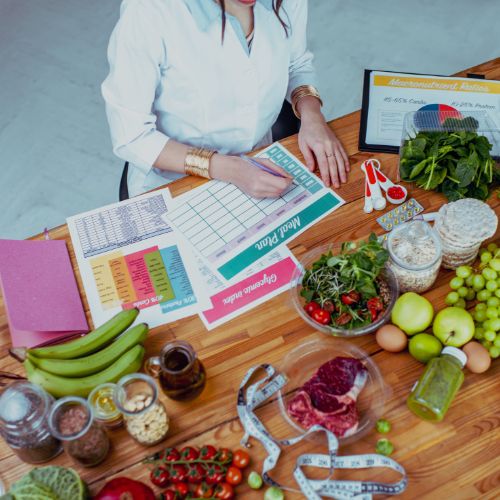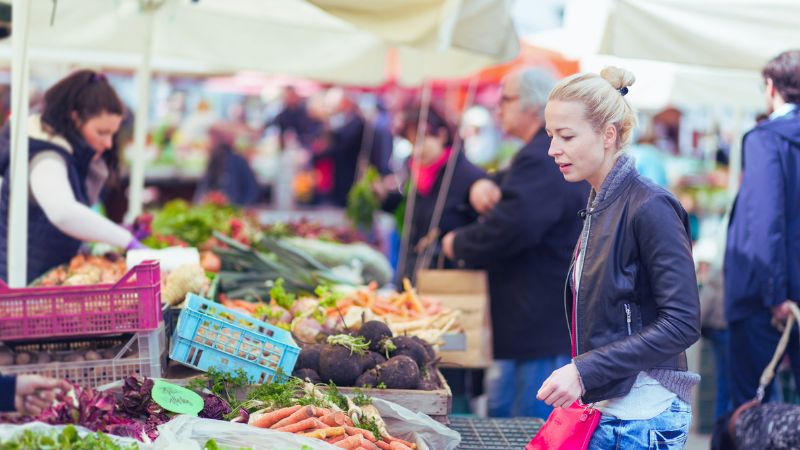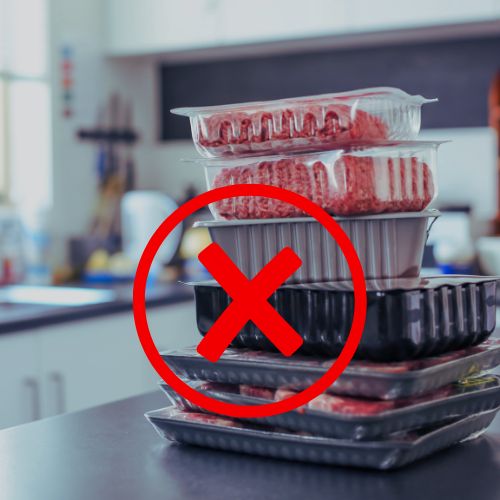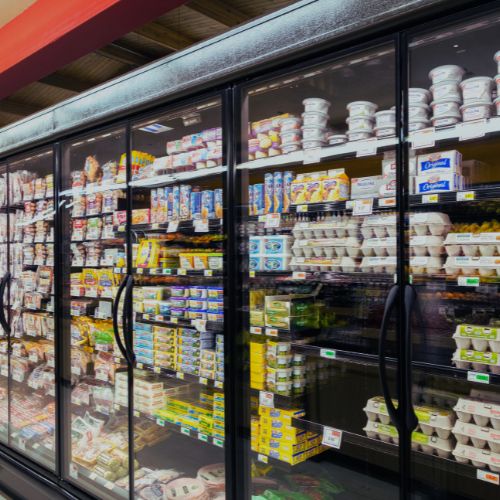If you’re looking to stretch your grocery budget, these strategies can help you save money on food while still enjoying delicious and nutritious meals. From meal planning to reducing food waste, here are 10 practical tips to get you started:
1. Meal Planning and Prep
One of the easiest saving on food strategy is planning your meals in advance. When you know what you’re going to cook for the week, you can make a grocery list that includes only what you need, avoiding impulse buys and food waste.

How to Save through Meal Planning and Prep:
Start by checking what’s already in your pantry and fridge. Plan meals around those ingredients and take advantage of weekly grocery sales.
Prepping meals ahead, like cooking in batches or freezing extras, also saves time and ensures you always have something ready, reducing the temptation to order takeout.
2. Buy in Bulk
Buying in bulk is a great way to save money on food, especially when it comes to non-perishable items like rice, pasta, and canned goods.
By purchasing larger quantities, you can lower the cost per unit and make fewer trips to the store.

How to Save on Food by Bulk buying
Focus on staple items that won’t spoil quickly. Invest in airtight containers to keep food fresh longer. Be sure to check price-per-unit labels to confirm that you’re getting the best deal.
Shopping at warehouse stores or buying from the bulk section at grocery stores is a great way to cut costs.
3. Use Coupons and Cashback Apps
Coupons and cashback apps are excellent tools when it comes to saving on food without changing your shopping habits. By using them consistently, you can rack up savings over time.

How to Save through coupons and Cashback apps
Before heading to the store, check out coupon websites like Coupons.com or apps like Ibotta and Fetch Rewards. Many grocery stores also offer digital coupons through their loyalty programs.
Combining these deals with cashback offers can result in big savings on your grocery bill.
4. Shop Seasonal and Local
Seasonal produce is usually cheaper and fresher, making it a smart way to save money on food while improving the quality of your meals. Shopping at local farmers’ markets can also offer lower prices on fresh produce.
I always visit a farmers market in my area every Friday. The local produce are way cheaper and fresher compared to most (if not all) retail stores. I only eat seasonal fruits and vegetables in order to eat healthier while staying cost-effective at the same time.

How to Save through Shopping seasonal and local:
Look for fruits and vegetables that are in season. These fruits and vegies tend to be more abundant and less expensive. Local farmers’ markets often sell fresh, seasonal produce at lower prices than big chain grocery stores.
You can also preserve seasonal fruits and vegetables by freezing or canning them to enjoy year-round.
5. Limit Processed and Packaged Foods
Processed and pre-packaged foods tend to cost more because you’re paying for convenience. Cooking from scratch is a great way to save money on food while also eating healthier.

How to save by limiting processed and packaged foods:
Focus on whole foods like fresh produce, grains, and lean proteins. Simple homemade meals, such as soups, casseroles, or stir-fries, are much cheaper than buying pre-made versions.
If time is an issue, batch cooking and freezing meals can provide the same convenience as pre-packaged foods without the higher price.
6. Make Use of Leftovers
Leftovers are a goldmine when it comes to saving on food. By repurposing them into new meals, you can stretch your food budget even further.
How to save through making use of leftovers:
Get creative with leftovers by turning last night’s dinner into a new meal. For example, leftover roasted chicken can be used in salads, soups, or sandwiches. You can also freeze leftovers to enjoy later, preventing food waste.
7. Grow Your Own Food
If you have a little bit of space, growing your own food is one of the best ways to save money on food. Even a small herb garden can save you a few dollars a week on groceries.

How to save on food through growing your own food:
Start small by growing herbs like basil, mint, or parsley, which are easy to maintain and can be grown in small containers. If you have more space, consider growing vegetables like tomatoes, lettuce, or peppers.
Over time, you’ll find that growing your own produce can significantly reduce your grocery bill.
8. Avoid Shopping When Hungry
Shopping on an empty stomach can lead to unnecessary purchases, particularly of snack foods and other expensive items. Eating before you go to the store is a simple trick to help you save money on food.
Make it a habit to shop after a meal or have a snack before heading to the grocery store. You’ll be more likely to stick to your list and avoid buying things you don’t really need.
9. Choose Store Brands
Store brands are often just as good as name-brand products but can cost significantly less, making them an easy way to save money on food without sacrificing quality.

How to save with store brands:
Compare store brands with their name-brand counterparts by checking the ingredient list and nutritional content.
For staples like rice, canned goods, and pasta, you’re likely to find that store brands are just as high-quality but much cheaper.
Switching to store brands for a few items in your cart can quickly add up in savings.
Bottom Line
Saving money on food doesn’t have to mean sacrificing quality or flavor. By incorporating these strategies, you can cut costs on your grocery bill while still enjoying delicious, nutritious meals.
Whether it’s through meal planning, buying in bulk, or growing your own food, there are plenty of ways to make your food budget stretch further.


